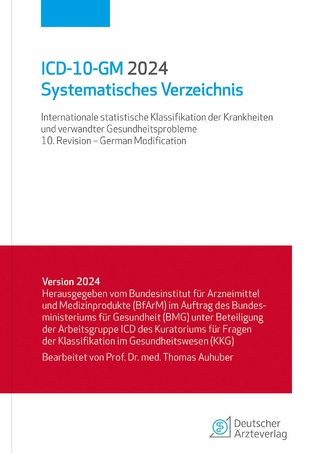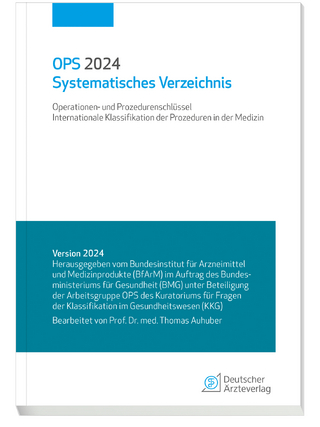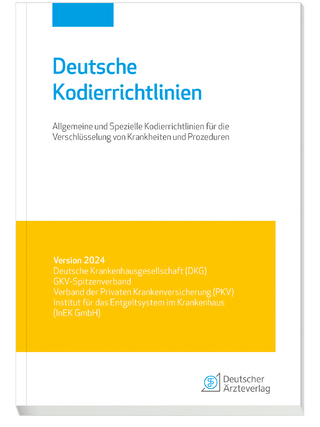
The Three Functional States of Proteins
Academic Press Inc (Verlag)
978-0-443-21809-5 (ISBN)
- Noch nicht erschienen (ca. Februar 2025)
- Versandkostenfrei
- Auch auf Rechnung
- Artikel merken
Dr Timir Tripathi is the Regional Director of Indira Gandhi National Open University (IGNOU), Regional Centre Kohima, Nagaland, India. His research areas include protein interaction dynamics and understanding the roles of non-catalytic domains in regulating the catalytic activity of proteins. He has published over 100 research papers, reviews, commentaries, viewpoints, and editorial articles; has edited four books (including with Elsevier); and published several book chapters. Vladimir N. Uversky is a Professor at the Department of Molecular Medicine, University of South Florida, USA. He obtained B.S. and M.S. degrees in Physics from Leningrad State University in Russia in 1986, then completed Ph.D. and Doctor of Sciences (D.Sc.) degrees in Physics and Mathematics (field of study - Biophysics) at the Moscow Institute of Physics and Technology (1991) and the Institute Experimental and Theoretical Biophysics of the Russian Academy of Sciences (1998), respectively. In 1998, he moved to the University of California Santa Cruz to study protein folding, misfolding, protein conformation diseases, and protein intrinsic disorder phenomena. In 2004, he was invited to join the Indiana University School of Medicine to primary work on intrinsically disordered proteins, and since 2010 has been on faculty at the University of South Florida. He has authored over 850 scientific publications and edited several books and book series on protein structure.
1. Introduction: Three functional states of proteins
2. Ordered proteins and structure-function relationship: Classical view
3. "Lock and Key" and "Induced Fit" work at different stages of enzyme action
4. Intrinsically disordered proteins: Functionality of chaos
5. Hybrid proteins: Order and disorder join forces
6. Functional protein oligomers
7. Fuzzy complexes
8. Functional amyloids: An overview
9. Structural polymorphism of amyloids
10. Liquid-liquid phase separation, biomolecular condensates, and membrane-less organelles: A novel organizational principle of the intracellular space
11. Physical principles and molecular interactions underlying protein phase separation
12. Various levels of phase transitions in the protein universe
13. Targeting phase-separated states for drug discovery
14. Protein hydrogels
15. Interactions among the three protein states
16. Protein frustration and fuzziness in three functional states
17, Protein structure-function continuum
| Erscheint lt. Verlag | 1.2.2025 |
|---|---|
| Verlagsort | San Diego |
| Sprache | englisch |
| Maße | 152 x 229 mm |
| Themenwelt | Informatik ► Weitere Themen ► Bioinformatik |
| Naturwissenschaften ► Biologie ► Biochemie | |
| Naturwissenschaften ► Physik / Astronomie ► Angewandte Physik | |
| ISBN-10 | 0-443-21809-9 / 0443218099 |
| ISBN-13 | 978-0-443-21809-5 / 9780443218095 |
| Zustand | Neuware |
| Haben Sie eine Frage zum Produkt? |
aus dem Bereich


